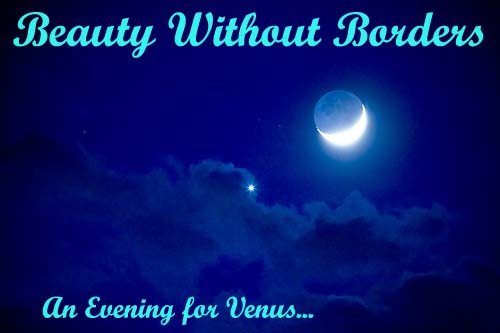Site: Antipolo National High School, Antipolo, Rizal Province, PhilippinesAstronomers: Sidewalk Astronomers Philippines, AstroCamp astronomers, 2nd year RTU BS Astro Tech Students, and Mr. Bernie Esporlas
Telescopes used: W0 ZS80ed II on a CG5, Konus 8inch Newt on EQ5, Apex 127 on an ASGT mount, Apex 127on an CG4 mount, FS80wa on an EQ2 mount, ST80 on an EQ2 mount, 5inch Nextonian on an EQ2 mount, Nextstar 8 on Atlas mount, Meade 8on an Atlas mount, Celestron 80mm ED on an EQ2 mount, and a 10inch Dobsonian.
Report:
Last February 28, 2009 the telescope viewing session coordinated by Dr Armando Lee for the 1st year High School students of Antipolo National High School pushed through as planned. Antipolo is a mountainous area just 20km Northeast of Manila and provide a view of the Metropolis of Manila like Griffith park which provides of high vantage view of Los Angeles.
As early as 5:30pm, all scopes and sound system were in place and ready for the night’s viewing. The planet Venus was spotted approximately 5 degrees West of the crescent Moon. Students who came in early immediately ushered to the school ground were 11 scopes of different make were waiting to be pointed to the planet Venus. There were around 300+ students when they first started viewing this gradually grew up to a crowd of 800 students when the Sun finally set and darkness set in. First scope which gave the view of crescent Venus was the 10inch Dobsonian manned by Dr Lee. The rest of the scopes followed as the crowd got bigger. Students enjoyed the fun of figuring out which scope showed which crescent object. They learned that Venus like the Moon can appear crescent like the Moon. The big crowd was managed easily by assigning one amateur astronomer to each scope and also by a big public address system (sound system) which facilitated control of a big crowd and avoided problems. Later, when Venus and the Moon set, the students were given views of the Pleiades star cluster, Great Orion Nebula, Beehive star cluster and the planet Saturn. Vangelis and Enya music were played while the students were struck by great awe and wonder while looking for the first time at theses celestial wonders. A short lecture explaining the constellations was given and short IYA promotional films were shown as well during breaks.
Viewing continued through the night until 12 midnight when the astronomers packed up the telescopes and left the students with their prepared program of singing and dancing competition.
The kids enjoyed Astronomy spiced up with music and dancing. Learning made enjoyable and of course easier with lots fun.












Very significant documentations, Dr. Lee. Astronomy is very much alive in the Philippines!
ReplyDelete--Dr. J. Fadul
Amateur Astronomer &
Professor, DLS-CSB
Thank you Dr Fadul. We would like to make Astronomy and Space Science more alive in the Philippines. Our ultimate goal is to have our own SPACE PROGRAM where we can harness the knowledge and skills of our local astronomers, astrophysicists, engineers, doctors, etc. to have our own space-faring nation like the U.S., Russia, China and India!
ReplyDelete-Dr Armando Lee
IoA, ALP
Proprietor, Astrocamp Observatory